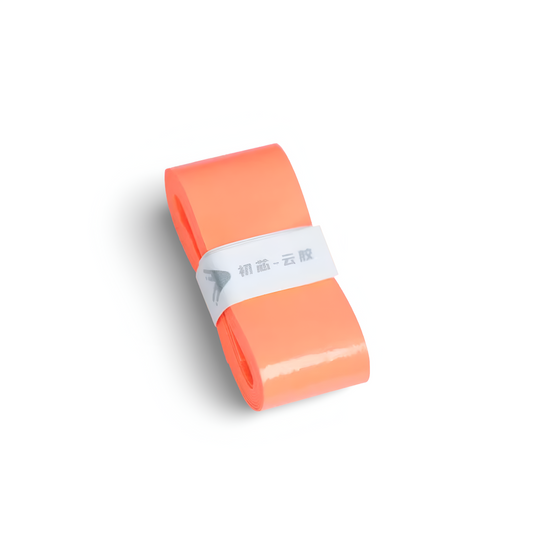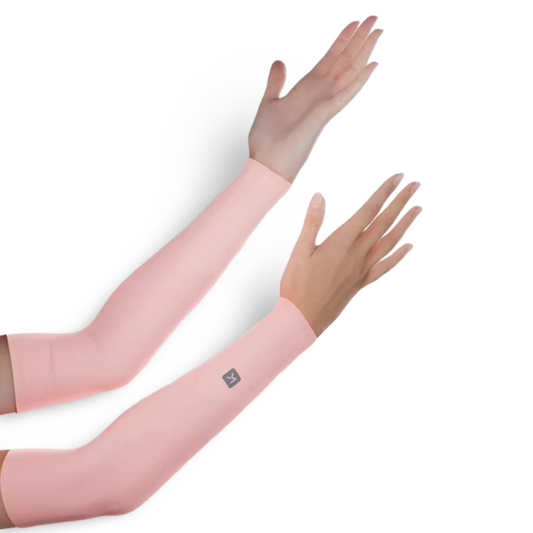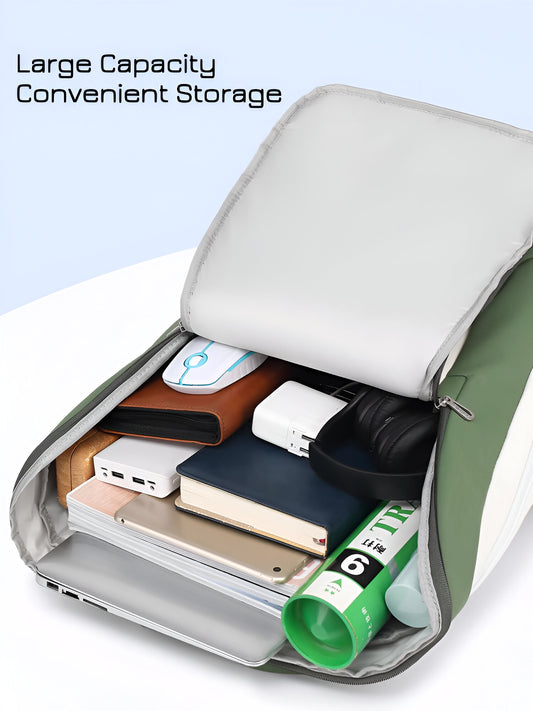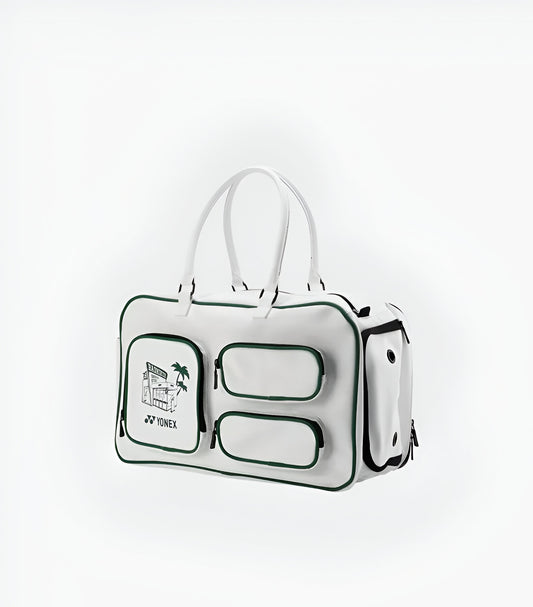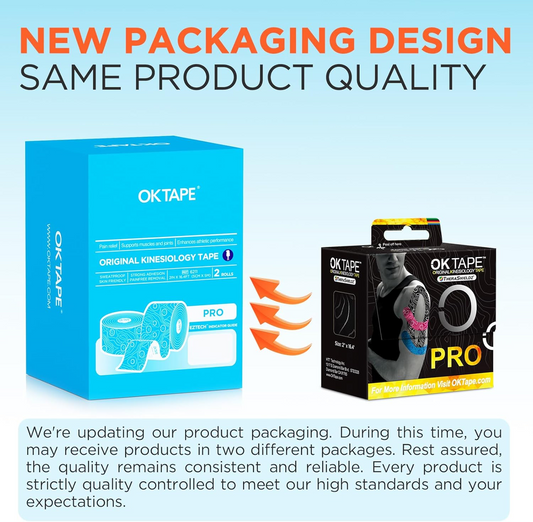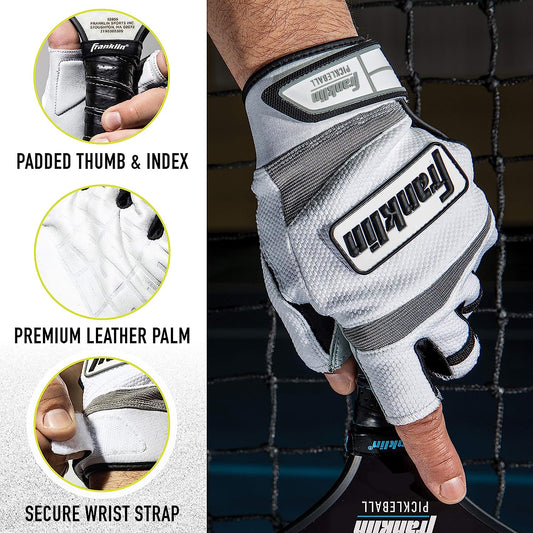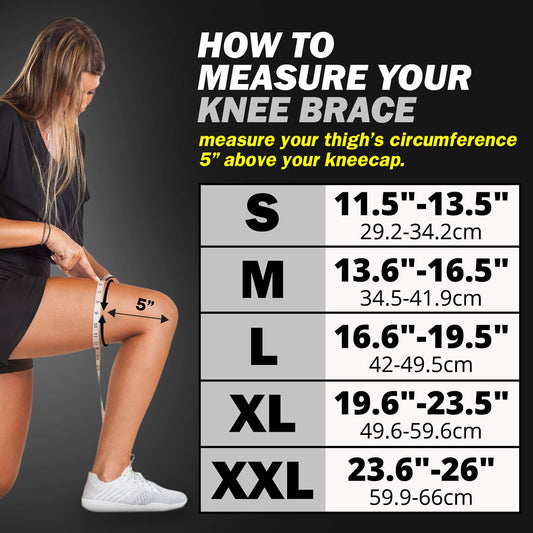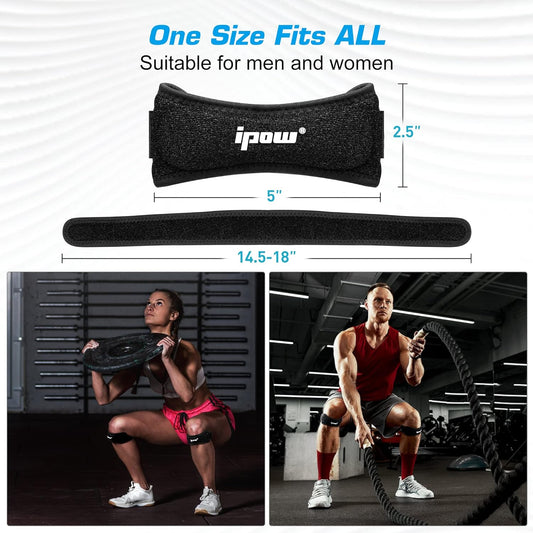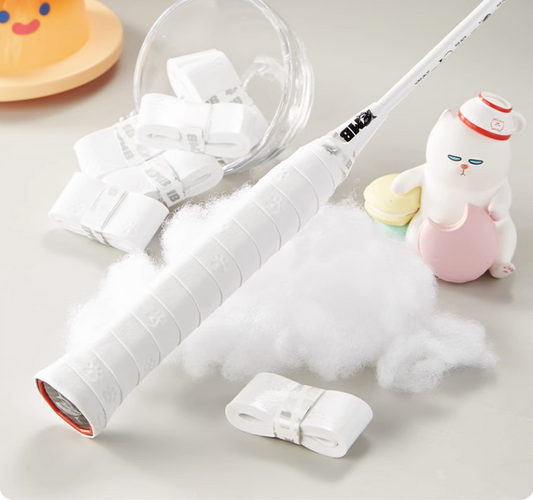Before you dive into this guide, you should know that paddle guides are always highly opinionated. The solo best way to figure out the best paddle for you is by trying them out yourself. There are plenty of demo programs available.
- The most generous “demo program” we found is the TotalPickleball.com’s return policy. They have a 30-day Peace of Mind policy for players to try out different paddles (within reasonable quantity). https://www.totalpickleball.com/CustService/returns.html
Since this guide is intended for complete beginners, I’ll keep the term as simple as possible. Experts, please excuse my amateur wording.
Ready for my highly opinionated paddle recommendations? Scroll to the bottom.
Words to Consider When Looking For a Pickleball Paddle

-
Weight: Pickleball paddles come in different weights, ranging from light to heavy. Consider the difference in using hammers: a heavier hammer yields more destructive force, but it's more challenging to maneuver.
- Heavier → more Power.
- Lighter → more Maneuverability
-
Material: Paddles are made from different materials, such as wood, composite, and carbon fiber.
- Wood: Please avoid this. Come on. It’s 2024, nobody uses these. Wooden paddle? bad bad!
- Composite: These are softer materials, enhance the paddle’s Power due to their higher bounce-back like a trampoline.
- Carbon fiber: These are harder materials, spreads the impact enhancing the Control.
- Thickness: thicker core provides more Control as it absorbs more energy; whereas a thinner core reflects more energy, contributes to greater Power.
While there are many more specifications to consider, these points provide a good starting place. As a beginner, I recommend trying out various paddles as you develop your play style to determine what suits you best. Congratulations, you are now officially 2.0 in paddle knowledge.
Have fun and most importantly don’t get hurt! Check out our beginner’s guide on protective gears.


